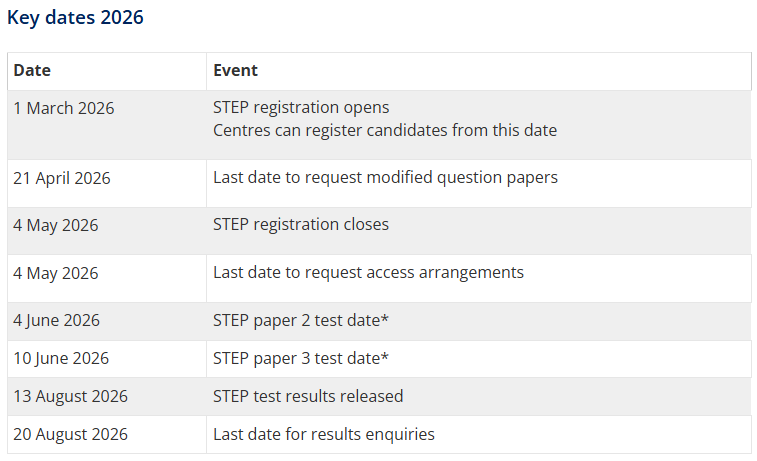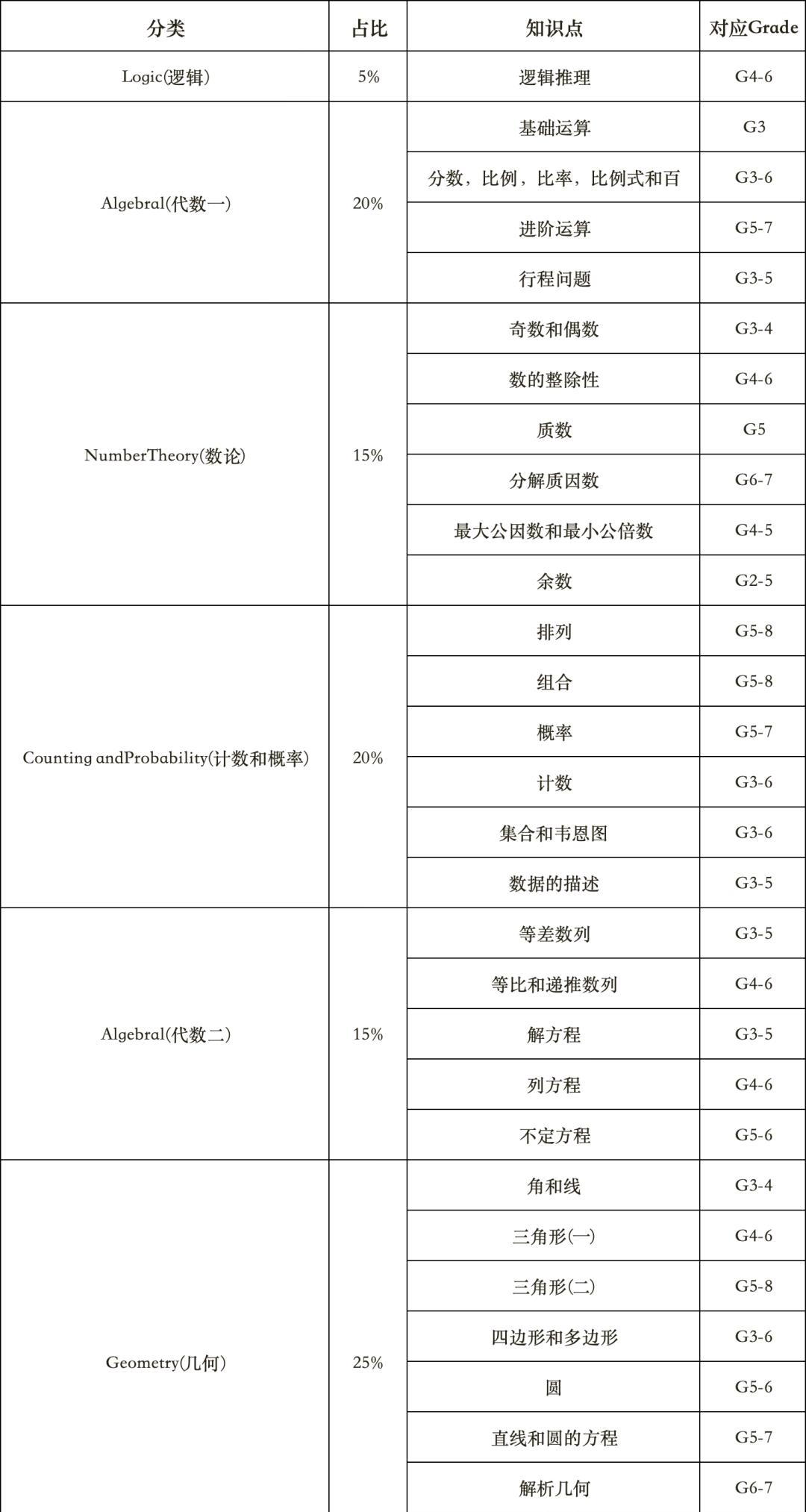WSC Weekly2025世界学者杯the World Scholar's Cup
@WSC小学者们!Jerry喊你来看WSC Weekly专栏啦!
2025年度主题:重燃未来
Reigniting the Future
WSC Weekly专栏将精选最新话题内容
助力小学者准备世界学者杯!
让我们怀着
永恒的学术精神与信念
探索未来的无限可能吧!
锁定每周WSC Weekly
在2025年世界学者杯第21期WSC Weekly栏目中,我们与小学者一起了解了什么是拟社交关系。在上期的趣味Quiz中,你是否找到了正确答案?现在就让我们一起来揭晓吧!
为什么越来越多的人沉迷听播客?How Podcasts Became So Popular?
第21期Quiz答案揭晓:
Which of the following scenarios can be BEST described as parasocial interaction? 以下哪种情况最适合被描述为拟社交互动?
A. Jerry felt sad when his favorable figure in a novel died 杰瑞为小说中他喜欢的人物的去世感到悲伤
B. Jerry chats with ChatGPT about his troubles and gets emotional comfort 杰瑞与 ChatGPT 聊他的烦恼,并得到情感上的安慰
C. Jerry joined a online debate club to debate with strangers 杰瑞参加了一个在线辩论俱乐部并与陌生人辩论
D. Jerry often buys items on the online store of a famous influencer 杰瑞经常在知名网红的网上商店购买商品
E. Jerry enjoys “talking” with his dog 杰瑞喜欢和他的宠物狗聊天
正确答案:A
Key: A
2025年第22期
Weekly Intro
“30天后你所在的城市将迎来阴天间多云天气,偶有分散阵雨,早晚有(轻)雾,气温22-27℃ ”
如果有人如此准确地告知您一个月后的天气预测,这是否可信呢....本期Weekly将基于大气混沌理论解读天气预测的数据模型以及其局限性,一起来看看吧!
2025 No.22
为什么天气预报从不提前播报下个月的天气?
Why Weather Forecasts Can’t Predict the Weather Months in Advance
想象一下,如果有人能够告诉你距离今日整整两个月后的某天你所在的城市将下多少毫米的雨,或者精确预报出三月第二个星期四的气温是多少,听起来是不是很厉害?但根据科学原理,这是不可能实现的。无论我们的超级计算机多么强大,模型多么先进,大气的混沌性质都设定了一个无法突破的硬性上限:我们无法无限期地准确预测未来的天气。
Imagine today someone telling you exactly how much it will rain in your city on New Year’s Day two months from now. Or giving you the precise temperature for the second Thursday of March. It might sound impressive, but according to science, it’s not possible. And no matter how powerful our supercomputers or how advanced our models become,the chaotic nature of Earth’s atmosphere sets a hard limit on how far into the future we can predict the weather accurately.
天气预测的数学模型
要理解长期天气预报的局限性,我们需要了解天气预报是如何进行的。气象学家使用复杂的数学模型来模拟地球大气系统。这些模型遵循物理定律,例如运动、温度、气压和湿度,以预测气团和天气系统的变化。整个地球被划分成一个巨大的三维网格系统,每一个网格单元代表地表或大气中的一个特定区域。天气模型通过逐步计算这些网格单元中条件随时间的变化,来模拟天气。但这些模型的准确性高度依赖于它们的“初始状态”,即当前大气的详细数据。这些数据来自全球范围内的卫星、气象气球、雷达系统和地面观测站。但即使拥有这些先进的技术,我们也不可能实时全面地捕捉全球大气的每一个细节。这意味着模型一开始的“初始条件”总是不完全精确的,而这个误差会随着预测时长的延长而变得越来越严重。
To understand why long-term forecasting is so limited, it’s important to know how weather forecasts are made.Meteorologists use complex mathematical models to simulate Earth’s atmosphere. These models rely on the laws of physics, things like motion, temperature, air pressure, and humidity, to predict how air masses and weather systems will behave.The planet is divided into a massive 3D grid system, with each cube or "cell" representing a specific portion of the Earth’s surface and atmosphere. Weather models calculate how conditions in each of those grid cells change over time, step by step. But these forecasts are only as good as their starting point. The models need accurate, detailed data about the current state of the atmosphere, known as initialization. That data comes from a global network of instruments: satellites, weather balloons, radar systems, and surface stations. Even with all this technology, it’s impossible to capture every detail of the atmosphere everywhere on Earth in real time.That means the model always starts with a rough estimate of the present, which becomes more of a problem the further ahead you go.
大气的混沌性质
这时就需要引入混沌理论来解释了。大气属于典型的混沌系统,极其微小的初始变化,可能引发完全不同的结果。这就是著名的“蝴蝶效应”:理论上,一个蝴蝶在巴西扇动翅膀,可能会在几周后导致美国德州出现一场龙卷风。在实际操作中,这意味着哪怕是当前气温、风速或湿度的微小观测误差,随着时间推移也会被放大。到了第10到第 14天,这些初始误差就会演变成大的偏差,使天气预测严重失准。这不是一个理论假设,而是被几十年的实证研究证实的结果。
2019年《大气科学杂志》发表的一项里程碑式研究表明:即使使用完美的模型和无限的计算能力,也无法准确进行超过14到15天的逐日天气预报。同样,美国气象学会指出,在现实条件下,详细的天气预报在第8到第10天后就不再可靠了。这就是为什么像美国国家气象局和欧洲中期天气预报中心(ECMWF)这样的权威机构,也只发布最多约7–10天的逐日天气预报。再往后的预报则转向趋势判断或概率展望,而不会再给出具体的预测,比如“3月28日将有5毫米降雨”。
Here’s where chaos theory comes in.The atmosphere is what scientists call a chaotic system—one in which tiny changes can lead to vastly different outcomes.This is the famous “butterfly effect”: a butterfly flapping its wings in Brazil could, in theory, lead to a tornado in Texas weeks later. In practical terms, this means that even the smallest uncertainties in today’s weather data—such as slightly incorrect readings of temperature, wind, or humidity—can grow larger and larger over time. By the time you reach 10 or 14 days ahead, those tiny initial errors have compounded into major inaccuracies. This isn’t just a theory. Decades of testing and analysis support it.A landmark 2019 study in the Journal of the Atmospheric Sciences found that even with perfect models and unlimited computing power, accurate day-by-day forecasts are physically impossible beyond 14 or 15 days.Similarly, the American Meteorological Society states that detailed forecasts lose reliability beyond 8 to 10 days under real-world conditions. That’s why official forecasts from national agencies like the U.S. National Weather Service and the European ECMWF only publish daily forecasts up to about 7–10 days out. Beyond that, they switch to general trends or probabilistic outlooks, but never specific predictions like “5 millimeters of rain on March 28.”
天气预测的局限性
如今的天气预测技术已经极为先进。比如欧洲中期天气预报中心(ECMWF)使用的是一个涵盖900万个网格单元、垂直分为137层的大气模型,并运行在世界上最快的超级计算机之一上。但即便如此,其预测能力也会在大约10天后大幅下降,尤其是在局部天气(如降雨或冷空气)预测方面。原因之一在于天气受到宏观系统和微观系统的双重影响。
我们可以提前几天预测大型急流或气压系统的移动,但像山地风、湖泊气流、暖空气团等微观因素通常只能提前一两天估算,而这些小规模系统对本地天气却往往有着不成比例的影响。更何况,要初始化一个全球模型所需的数据量是巨大的。尽管我们拥有成百上千颗卫星和成千上万的观测站,但整个大气系统过于庞大和复杂,无法在任意时刻完全捕捉。这就是为什么在像北极或南半球等观测稀疏地区,天气预报往往准确率较低。
Modern weather prediction is incredibly sophisticated. The European ECMWF model, for example, uses 9 million grid cells across 137 vertical levels of the atmosphere and runs on one of the fastest supercomputers in the world. Yet even it loses skill after about 10 days, especially when it comes to localized forecasts like rainstorms or cold snaps.One reason is that weather is influenced by both macro- and micro-scale systems.We can predict the movement of a large jet stream or pressure system several days in advance, but small, local factors, like mountain winds, lake breezes, or pockets of warm air, can only be estimated a day or two ahead. These small-scale systems often have disproportionate effects on local weather, and they’re harder to model accurately. Additionally, the sheer amount of data needed to initialize a global model is staggering.Even with hundreds of satellites and thousands of observation stations, the atmosphere is too vast and complex to fully capture at any one time.That’s why forecast confidence is often low for regions like the Arctic or parts of the Southern Hemisphere, where observation data is sparse.
天气预报的商业假象
尽管如此,一些商业天气公司仍然发布详细的45天或90天天气预报。例如,一家名为AccuWeather的公司会提前好几周公布某些节假日的降雪量等精确预测。但来自科学界的气象学家普遍批评这些长期预报是误导性的、缺乏科学依据的。
专家指出,这类预报给公众一种虚假的精确感,破坏了大众对天气科学的信任。问题不仅仅是准确性,还有透明度。例如,AccuWeather 并不会定期发布验证报告来说明他们的长期预报到底有多准确。在缺乏客观证据的情况下,许多气象学家认为这些预报更像是营销手段,而非真正的科学成果。
Despite this, some commercial weather companies, like AccuWeather, continue to publish detailed 45-and 90-day forecasts. These often include bold claims such as exact snowfall predictions for holidays many weeks in advance. However, meteorologists across the scientific community criticize these forecasts for being misleading and unscientific.Experts say they give people a false sense of precision and damage public trust in weather science. The criticism is not only about accuracy. It’s also about transparency.AccuWeather, for example, does not routinely release verification reports to prove how often their long-term forecasts are correct.Without this kind of objective evidence, meteorologists argue that these forecasts function more as marketing tools than legitimate science.
Weekly关键词 Key Words
►Weather forecast 天气预报
Chaos theory 混沌理论
所属话题
In Futurity, Someone Prophetic Sees
相关阅读
https://theconversation.com/whats-the-difference-between-climate-and-weather-models-it-all-comes-down-to-chaos-244914
https://www.washingtonpost.com/weather/2019/11/07/science-says-specific-weather-forecasts-cant-be-made-more-than-ten-days-advance/
Weekly FUN Quiz
相信现在你已经知道了为什么无法准确地进行长期天气预报了吧!那就快来参与本期Weekly FUN Quiz👇,告诉老师你的答案吧!
Quiz
An AI driven weather forecast system is LEAST accurate in performing which of the following tasks? 基于人工智能的天气预报系统在执行以下哪项任务时准确性最低?
A. Predict the average rise in sea level at the end of the century 预测本世纪末海平面平均上升幅度
B. Calculate the amount of reduction in CO2 emission necessary for reversing global warming in 20 years 计算在20年内逆转全球变暖所需的二氧化碳减排量
C. Predict the temperature difference between Beijing and Shanghai tomorrow 预测明天北京与上海之间的温差
D. Predict the likelihood of rainfall in Shenzhen next three month 预测未来三个月深圳降雨的可能性
E. Predict the wind direction in a valley in 20 days 预测20天后某山谷中的风向














